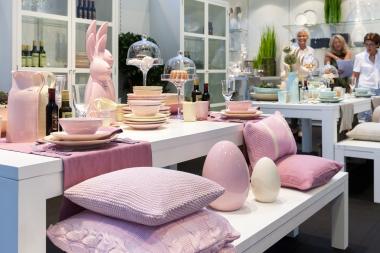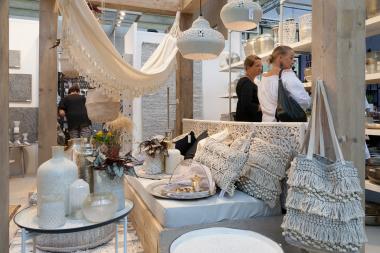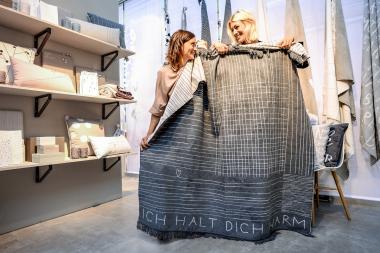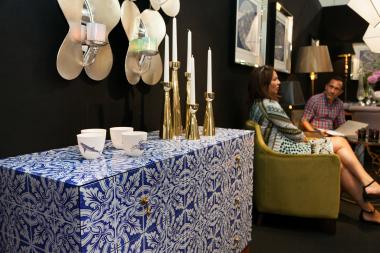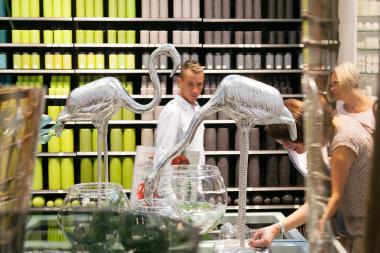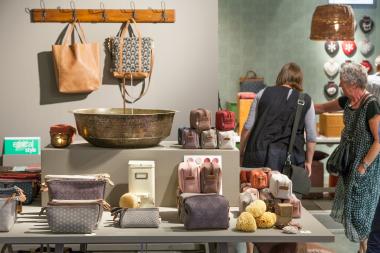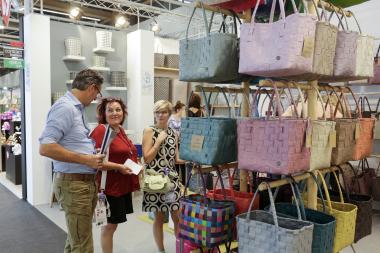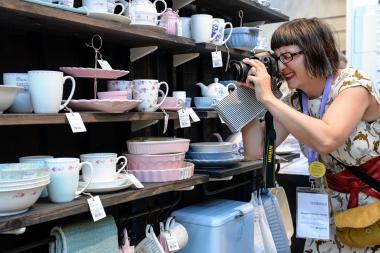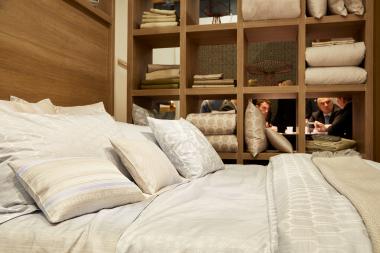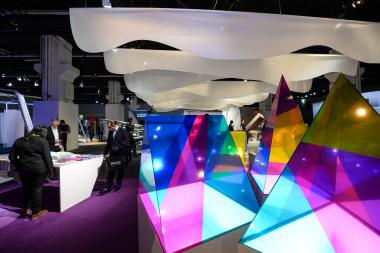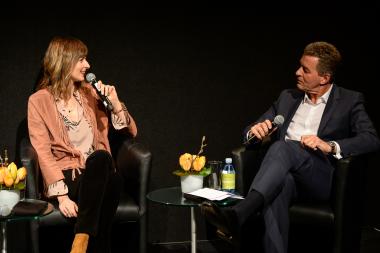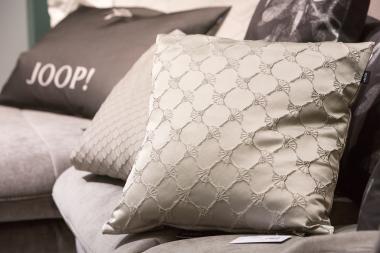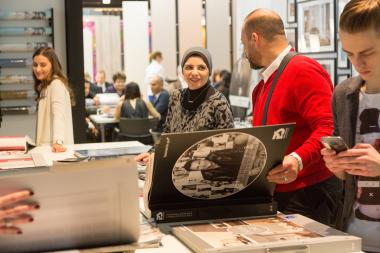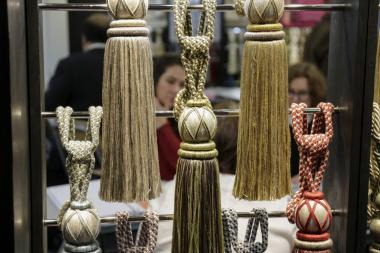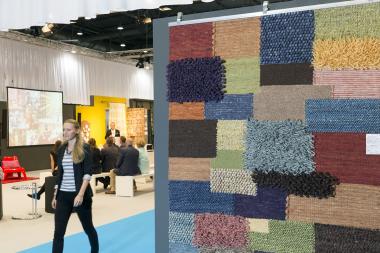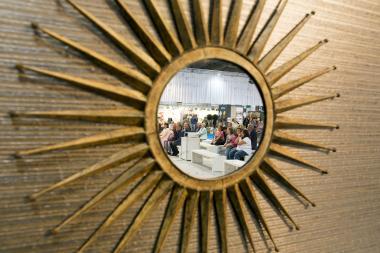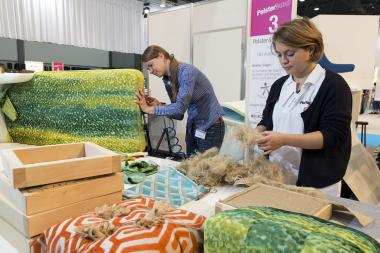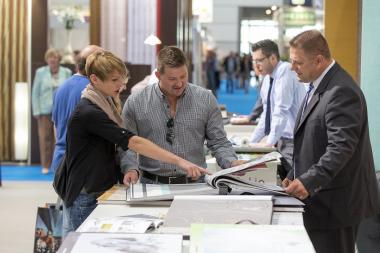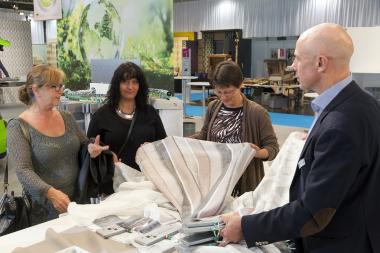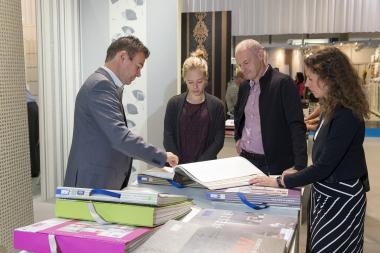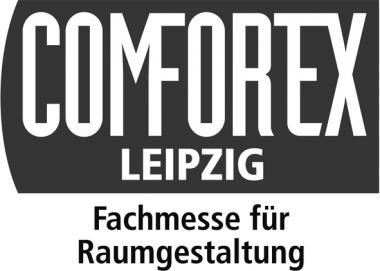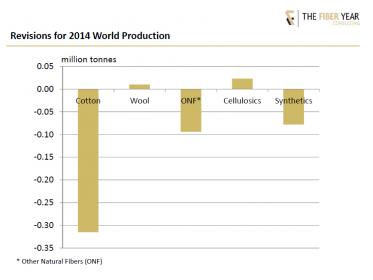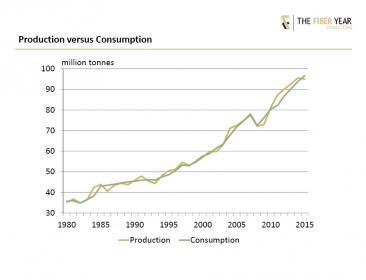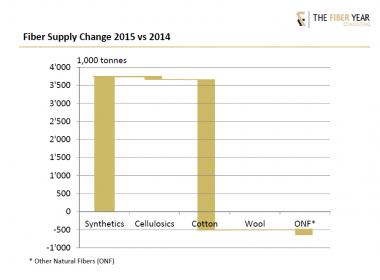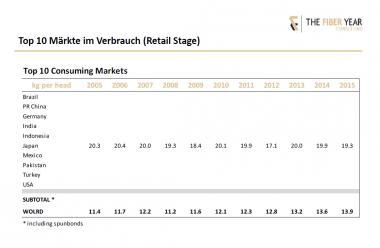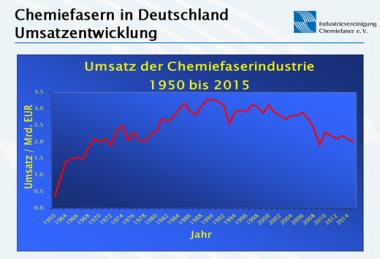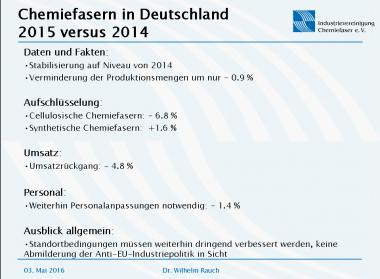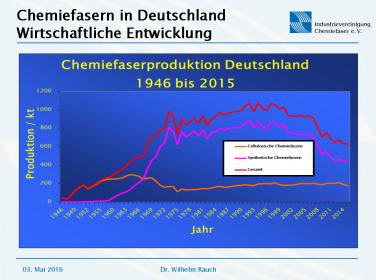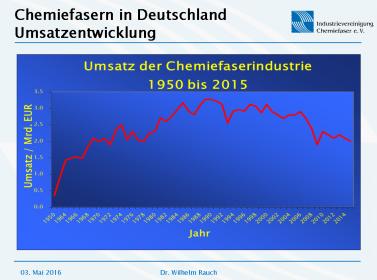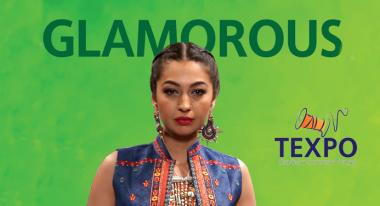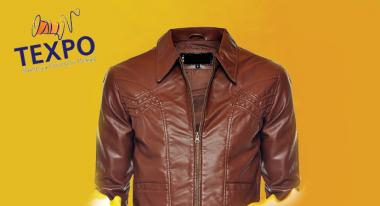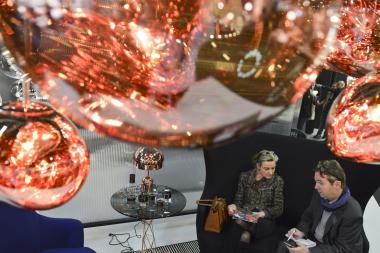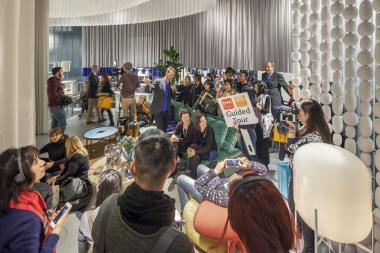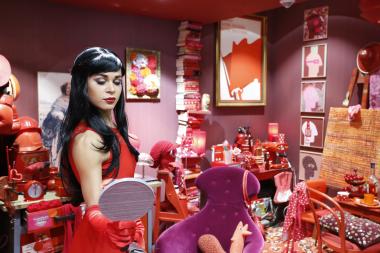TENDENCE IS GROWING: ADVANCED LOOK AT NEW PRODUCTS FOR SPRING AND SUMMER!
'New' is the keyword, and so it will remain – whether it is the latest news, fashion collections fresh off the catwalk, or the first delivery of consumer goods straight from the factory. New products for the second half of the year in the furnishing, living, and giving categories will be showcased for the very first time in 2017 at Tendence. From 24 to 27 June, exhibitors from all over the world will be presenting their products at the lifestyle fair in Frankfurt am Main. "We’ve achieved our objective to encourage Ten-dence to grow again as the first event showcasing new products in the second half of the year. Some of the halls are actually overbooked. So, there will be a larger range of products on show for buyers, particularly in the seasonal decoration, tableware and home textiles sections, as well as the new outdoor living segment", says Bettina Bär, Director Tendence.
Preview: Spring and Summer 2018
In addition to this, companies will not only showcase their new products for the autumn and winter business period at the fair, but also their brand-new collections for spring and summer next year – as heralded by Tendence’s slogan: 'Two Seasons, One Date'. Exhibitors, who can present products for the first season of next year as well, will be represented in all the halls. The stands of these companies will be labelled 'Spring Summer 2018' to make them easy for buyers to find. The Tendence catalogue and online exhibitor search contains an overview of relevant suppliers.
Ethical Style – green products on the up
Trendy lines, including shoes that were once just flip-flops, beakers made of bamboo fibres, and porcelain manufactured in a water-efficient way: sustainability comes in many different guises. It is clear that consumers are attaching more and more importance to the way products are made, the materials used, and the manufacturing conditions. Exhibitors at Tendence, who offer 'green' products like these can be identified in the catalogue and on the website because they bear the 'Ethical Style' label. The stands of these companies will also be labelled in green (of course). "This is because consumers are focusing more and more on products that are manufactured sustainably", says Bär. "Where and how something is produced and whether it is recyclable or not, is becoming more and more important to customers when they make their purchasing decisions."
Tendence – international trade fair for consumer goods
Tendence (24 to 27 June 2017) is Germany’s most international order venue for the second half of the year. The wide-ranging product portfolio covers fields of the home, furnishing, decorating, gifts, jewellery, fashion accessories, home textiles and outdoor living. Special shows and a wide-ranging complementary programme of events are multi-faceted sources of sales-boosting impulses for retailers. Strong brands and key communicators use this new-products platform to present their trends for the winter and Christmas season. At the same time, they give bulk buyers from the international trade the chance to place orders in good time for their spring and summer collections.


